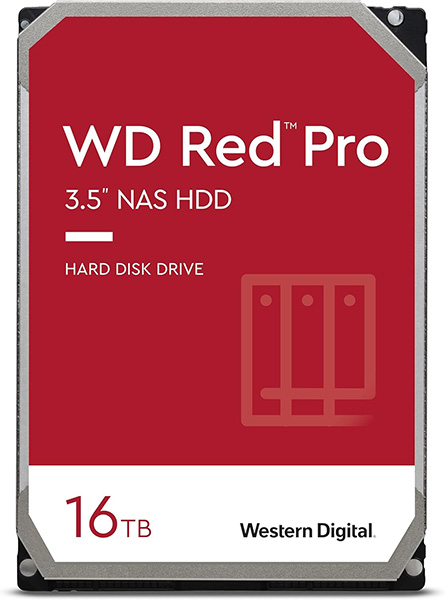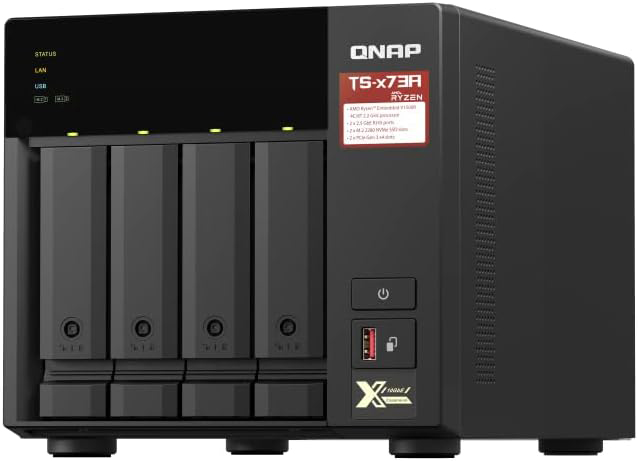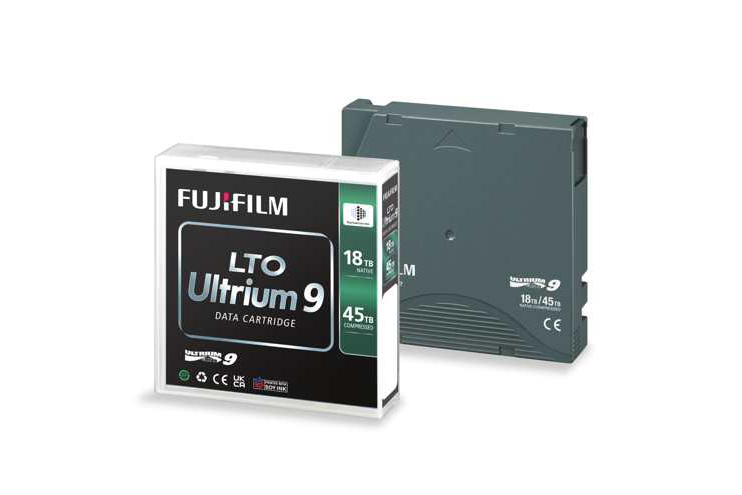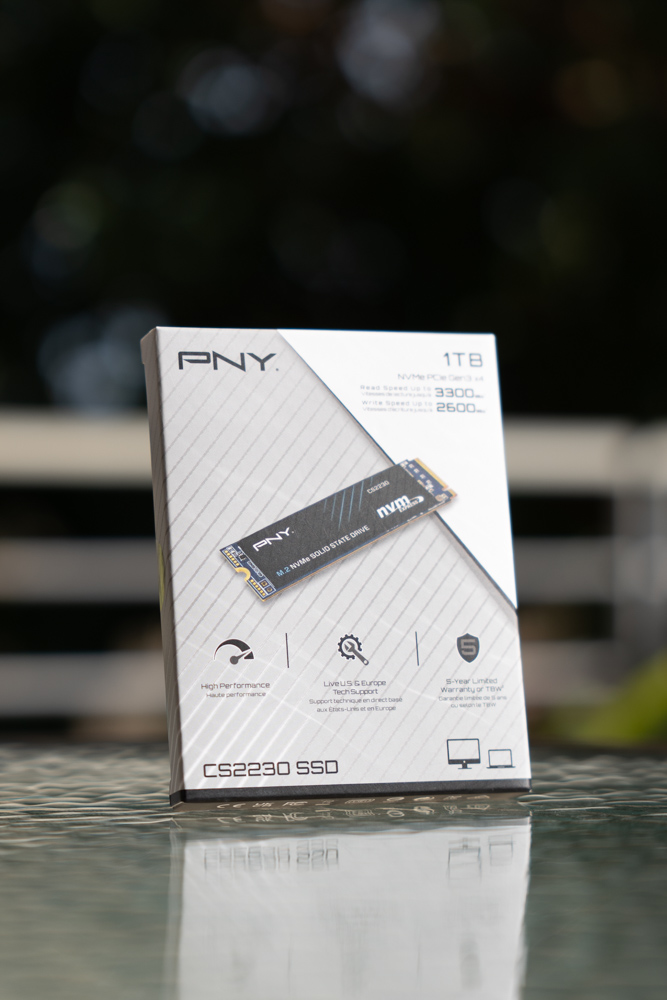Calling all photographers, videographers, and content creators!
Have you ever wondered how much it would cost to recover your lost data in 2024? Brace yourselves because the numbers might surprise you!
The data recovery cost can soar from $300 to $5000 or more, depending on the device and the issue’s complexity.
But wait, there’s more – it’s not just about the financial cost. Consider the broader impact on your business: envision the downtime, the opportunities slipping away, and the potential blow to your reputation.
Ready to safeguard your data like a pro? Dive into our article to discover how!
Mistake number one: Use only one backup 🙁
I once relied solely on an external hard drive for backups, which was a big mistake. My hard drive failed, and I couldn’t recover the data despite my attempts to fix it—like changing the socket or replacing the internal needle (since it was a mechanical hard disk drive).
But it’s not just about the recovery cost. Think about the downtime, missed opportunities, and damage to your reputation that could result from losing important data.
This is especially true for businesses like photographers and content creators, where data loss can disrupt operations, delay projects, and erode client trust.
That’s why investing in solid backup solutions is crucial to protect against these risks.
What could go wrong?
- Theft: Your laptop or smartphone, containing crucial data, could be stolen while you’re on the go.
- Hardware Failure: Even reliable external disk drives (HDD or SSD) might unexpectedly fail, potentially resulting in permanent data loss.
- Media Malfunctions: SD cards, often used for photography sessions like weddings and big client projects, could suddenly cease functioning, leaving you without access to vital files.
- Accidental Deletion: Despite caution, there’s always the risk of unintentionally deleting precious photos or videos, particularly in a busy workflow.
- Unintended Overwrites: In editing documents or files, there’s a chance of inadvertently saving changes, thereby overwriting the original content and losing valuable information.
To avoid these potential issues, backup and safeguard all your data across multiple devices, utilize cloud storage options, and store copies in different places.
Let’s get into a detailed backup strategy to keep your data safe and sound!
Backup Strategy #1 (Multiple Storage Devices)

(2-way backup) Ensure the safety of your data by storing it on multiple internal or external storage devices!
For Mac users, internal data backup options are limited (since there is no extra space for a second drive), so the alternative is relying on external SSDs or HDDs or utilizing cloud storage.
On the flip side, PC users can opt for both an internal or external storage device, be it an M.2, SATA SSD, or HDD. This allows them to set up an extra backup to their desktop or laptop computer.
Backup Options for Mac Users:
- Consider doubling your backup strategy using two external HDDs or SSDs, such as the reliable PNY Elite X-PRO. This ensures redundancy if one fails, offering added protection for your valuable data.
- Additionally, setting up a dedicated drive with Time Machine backup is highly recommended for Mac users. Aim for a drive size similar to your internal storage space to accommodate comprehensive backups and seamless restoration in emergencies.
Backup Options for PC Users:
- Internal Storage Options:
- M.2 SSD: Corsair MP700 PRO
For more options, read the article The Best M.2 SSDs in 2024 on our website. - SSD: PNY CS900
- HDD: Western Digital 10TB WD Red Plus
- M.2 SSD: Corsair MP700 PRO
- External Storage Options:
Backup Strategy #2 (Multiple Storage Devices & Cloud)

(3-way backup) Secure your data by storing it on your computer, an external storage device, and the cloud!
Whether you’re a Mac or PC user, keep your data on your device, an external storage option, and utilize cloud storage.
This triple-layered approach ensures your data is spread across different locations, providing peace of mind in case of device issues or unforeseen events.
Top Cloud Storage Services:
- iCloud (for Mac users)
- Google Drive (for any user)
- Dropbox (for any user)
- Backblaze (for any user)
-Consider your specific needs, such as collaboration features, security, and integration with other tools, to choose the cloud storage provider that best aligns with your requirements.
Backup Strategy #3 (NAS)

Buying a NAS storage system is the best way to secure your personal or business data.
A NAS (Network Attached Storage) system is a network-connected device that provides centralized file storage and sharing. Simply put, it is an external device with multiple bays to install disk drives.
NAS systems are widely used in homes and small to medium-sized businesses for efficient and accessible data storage.
How to use NAS
- Connect and Set Up: Start by connecting your NAS to your home network and plugging it into power. Most NAS systems come with simple setup instructions. Just follow along to get it up and running. The cool thing about NAS is that it uses multiple disks to keep your photos safe, even if one of them fails.
- Transfer Photos: Once your NAS is all set up, it’s time to transfer your photos to it. You can think of your NAS as a big external hard drive that everyone in your home can access. Use your computer to copy your photos onto the NAS, just like a regular external hard drive. It’s easy!
- Access Anywhere: Now that your photos are safely stored on the NAS, you can access them from any device connected to your home network, like your computer, tablet, or smartphone. Plus, since your photos are stored on multiple disks in the NAS, they’re extra safe from accidents or failures.
- Choose Your Disks: NAS systems come with or without disks. If yours doesn’t come with disks, you must buy them separately. Keep in mind that the cost goes up when you add disks, but it’s worth it for the extra peace of mind knowing your photos are securely backed up. Just make sure to choose disks that are compatible with your NAS system.
NAS Options available on Amazon.com:
-Before deciding, consider storage capacity, data transfer speeds, and device compatibility to ensure the NAS system meets your needs.
Backup Strategy #4 (Multiple Spaces)

Ensuring the security of your personal, business, or client data involves taking a robust approach – maintaining multiple physical backups in diverse locations.
While it might seem overwhelming, protecting your valuable information is the safest method. Spread your backups across various places, like your parent’s house, office, or a dedicated storage space.
This way, you create a safety net that guards against potential risks such as theft, natural disasters, or unforeseen events.
It’s a smart way to ensure that your data remains intact and accessible, no matter what curveballs come your way.
Summary
When it comes to safeguarding your data, adopting a well-rounded approach is critical. Consider a mix of internal storage, external devices, and cloud services for personal and business use.
This diverse strategy provides flexibility and enhances the security and accessibility of your information.
What methods and strategies do you use to safeguard your digital assets? Share in the comments.
Occasionally, our articles feature links to our affiliates. For more information, please read our Affiliate disclosure.



